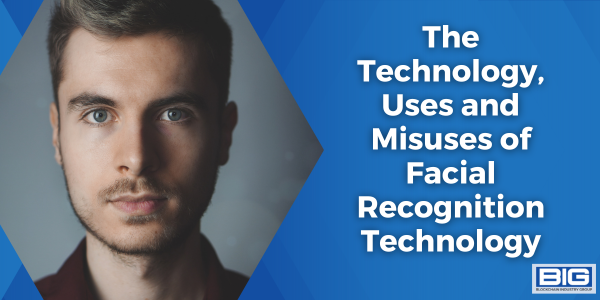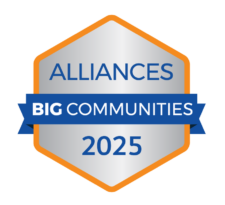
Facial recognition technology has become increasingly prevalent in today’s digital landscape, offering both remarkable advancements and raising concerns over its potential for misuse.
This article delves into the intricacies of facial recognition technology, exploring its underlying technology, diverse applications, and instances where it has been misused. By examining both its positive and negative aspects, we can gain a comprehensive understanding of the technology and its implications for society.
The Mechanics Behind Facial Recognition Technology
Facial recognition technology relies on sophisticated algorithms and artificial intelligence to analyze and identify unique facial features. The process involves capturing an individual’s facial image, extracting key data points, and comparing them against a database of known faces. Key components of facial recognition technology include:
- Facial Detection: The technology detects and locates faces within an image or video.
- Feature Extraction: Specific facial features such as the shape of the eyes, nose, and mouth are extracted to create a unique facial signature.
- Matching and Identification: The extracted features are compared with a database of stored faces to find potential matches and identify individuals.
Wide-Ranging Applications of Facial Recognition
Facial recognition technology finds applications across various industries and sectors, revolutionizing how we interact with the world. Some notable use cases include:
- Biometric Security: Facial recognition is used as an authentication method in devices like smartphones and laptops, offering a secure and convenient way to unlock devices and access sensitive information.
- Law Enforcement: Facial recognition is employed by law enforcement agencies to aid in criminal investigations, identifying suspects from surveillance footage or matching faces against databases of known criminals.
- Border Control and Travel: Airports and border control agencies utilize facial recognition technology to enhance security, streamline passport control, and expedite passenger processing.
- Marketing and Personalization: Retailers and marketers use facial recognition to analyze customer demographics, behavior, and preferences, enabling targeted advertising and personalized shopping experiences.
- Healthcare and Safety: Facial recognition technology is used in healthcare settings for patient identification, tracking medication administration, and monitoring access to restricted areas.
Instances of Misuses and Concerns
While facial recognition technology offers immense benefits, there have been instances where it has been misused or raised significant concerns. Some notable examples include:
- Surveillance and Privacy Concerns: The use of facial recognition in widespread surveillance systems raises concerns about privacy invasion and the potential for abuse by governments or unauthorized entities.
- Racial and Gender Bias: Facial recognition algorithms have been found to exhibit biases, resulting in inaccuracies, particularly among people of certain racial or ethnic backgrounds. This bias can lead to discriminatory outcomes and erode trust in the technology.
- Unauthorized Access and Data Breaches: Inadequate security measures can lead to unauthorized access to facial recognition databases, raising concerns about the protection of personal data and the potential for identity theft.
- False Positives and Misidentifications: Facial recognition technology is not infallible and can produce false positives or misidentifications, leading to mistaken identity or wrongful accusations.
Unleashing the Power as Quantum Computing and AI Join Forces
—
14 Popular Low-Code, No-Code Tools and Platforms
—
20 Low Code/No Code Technology Use Cases
Striking a Balance: Regulation and Ethical Guidelines
To address the concerns surrounding facial recognition technology, regulatory frameworks and ethical guidelines are being developed to ensure responsible and transparent use. Some key considerations include:
- Clear Legal Standards: Establishing clear legal standards and guidelines for the use of facial recognition technology, ensuring proper oversight and accountability.
- Data Protection and Privacy: Implementing robust data protection measures to safeguard individuals’ privacy and ensure secure storage and handling of facial recognition data.
- Bias Mitigation: Continuously improving algorithms to address biases and ensure fairness and accuracy across diverse populations.
- Transparency and Consent: Ensuring transparency in the use of facial recognition technology and obtaining informed consent from individuals before their facial data is collected and processed.
Facial recognition technology presents both incredible opportunities and significant challenges. As we navigate its applications and potential misuses, it is crucial to strike a balance between harnessing its benefits and addressing ethical concerns. By fostering dialogue, implementing responsible regulations, and advancing the technology’s capabilities, we can leverage facial recognition technology for the betterment of society while safeguarding privacy, security, and individual rights.



